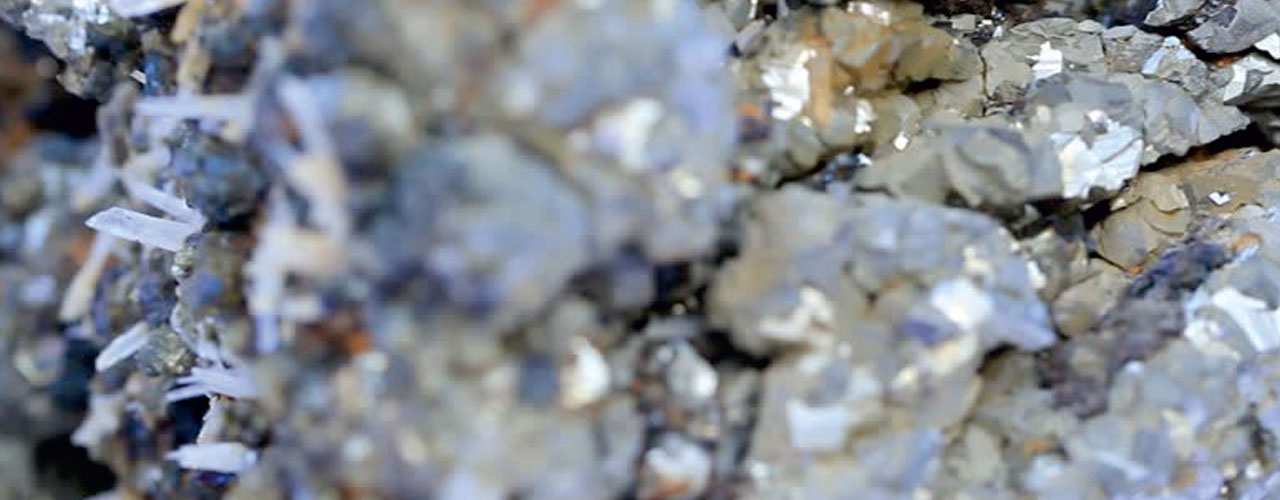P933B - Long Term Acid Rock & Tailings Drainage Mitigation thru Source Control

VALUE
AUD 540,000.00
COMMENCEMENT YEAR
2014
DURATION (YEARS)
3
COMMENCEMENT MONTH
September
STAGE
Management
PROGRAM MANAGER
Lydia Haile
RESEARCH PROVIDERS
University of South Australia
Dr Michael Short
Levay & Co Environmental Services
SPONSORS
BHP Billiton
Teck Metals Ltd
PROJECT SUMMARY:
The primary aim of the project in managing acid rock drainage (ARD) is control of sulfide oxidation at source to reduce acid and metal generation rates to such an extent that, in conjunction with long-term cover stability and rehabilitation, continuing effluent treatment becomes unnecessary. The basis for this control will be a multibarrier system for acid generation rate reduction using both sulfide-passivating layers and microbial actions to reduce oxygen at source, and add biofilms to the sulfide surfaces using on-site neutralising waste rock and organic carbon additions.
HIGHLIGHTS / DELIVERABLES / VALUE ADDITIONS:
The key deliverables for sponsors, depending on the level of sponsorship, include:
- Provide an assessment of a nominated site geochemistry and mineralogy to determine available neutralising materials for dumping strategies, co-disposal, covers and plant growth materials.
- Define the mineralogical parameters controlling acid generation and acid neutralisation rates (carbonate and non-carbonate) to include full mineralogy, acid base accounting, leach kinetics, acid generation and acid neutralisation rates of nominated site wastes.
- Estimate whether ARD control can be achieved with on-site materials alone (including available tonnage) or will require additional amendment.
- Define the stage in reaction evolution (i.e. AGR/ANR) of nominated ARD waste dump or tailings to define remaining options for long-term control and closure using on-site materials with any required amendments.
- Define the parameters required to form and maintain silicate-stabilised oxidation layers to reduce pyrite oxidation rates by 50 - 95 %.
- Define the parameters to form and maintain stabilised oxidation layers on other iron-containing sulfides (arsenopyrite, chalcopyrite, pentlandite) and non-iron sulfides (sphalerite) not yet studied to reduce oxidation rates. • Define the conditions required to establish and maintain heterotrophic bacterial actions controlling oxygen availability and the formation of protective biofilms using site-available organic carbon additions at pH above 5.5.
- Verify that these actions result in additional reduction in the AGR from pyrite and other sulfides at source.
- Maximise the barrier to oxygen availability at the sulfide surface using both passivating oxidised layers and microbial actions.
- Define any required control of the redox potential and speciation of effluent products for removal of reduced toxic species.
- Assess and specify options for practical application of multi-barrier ARD control at sponsors’ mine sites in conjunction with company staff.
- Assess costs of these options compared with current practice, effluent treatment and long-term liability costs in conjunction with company staff.
